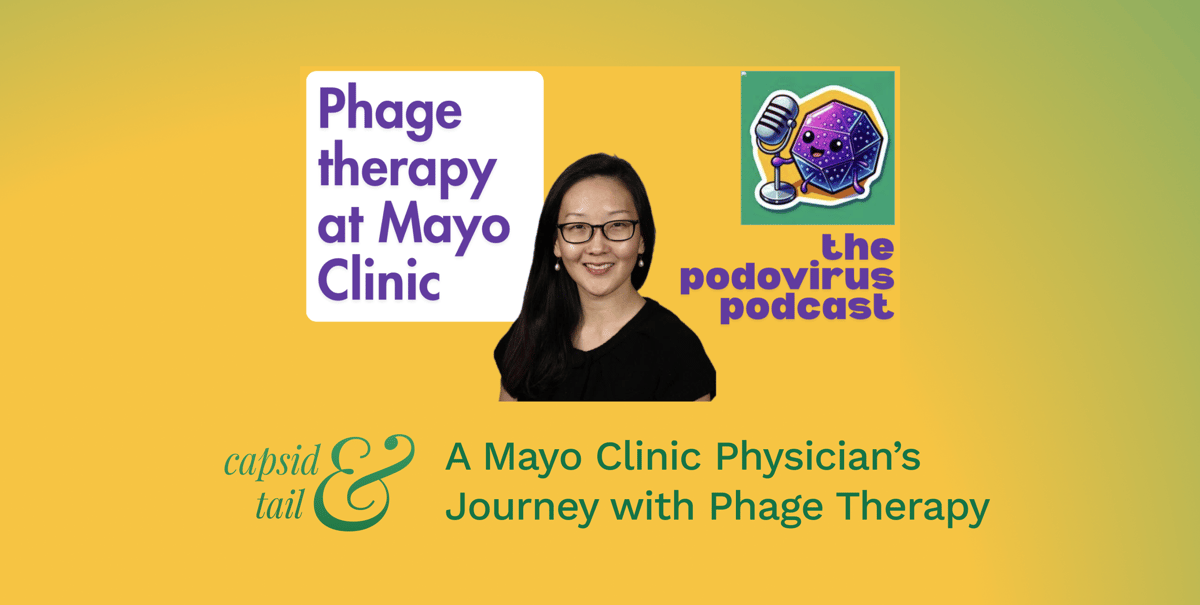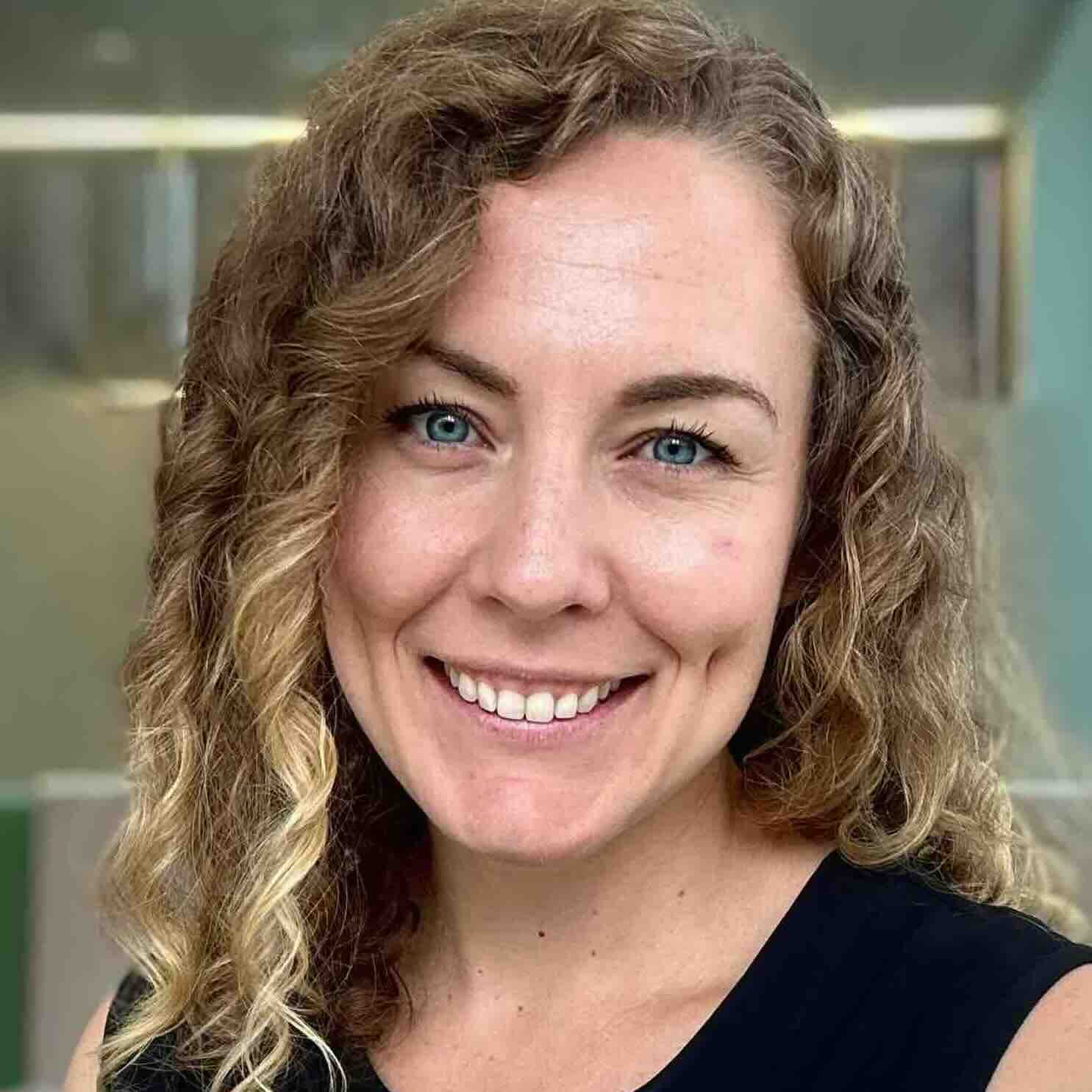What’s changed in phage therapy over the past few years? Not long ago, patients were desperately searching for phage treatment while physicians remained skeptical. Today, we’re seeing a transformation, with doctors like Mayo Clinic’s Dr. Gina Suh leading the charge to bring phage therapy into established medical institutions.
In our latest Podovirus podcast episode, Gina shares her insights about implementing phage therapy at Mayo Clinic. From preventing amputations to building a clinical phage therapy program from scratch, she discusses the real challenges and progress in bringing phage treatments to patients.
Key Points:
- How patient selection criteria have evolved
- The critical role of pharmacokinetics in treatment success
- Current infrastructure needs and development challenges
- The impact of neutralizing antibodies on treatment
- Standardization challenges in phage susceptibility testing
- Biofilm-related complications in treatment
- The balance between fixed cocktails and personalized approaches
Gina’s perspective is particularly valuable as she bridges the gap between research and clinical practice, sharing both successes and ongoing challenges in implementing phage therapy within a major medical institution.
Excerpts
On how patient selection has evolved:
Gina: “I am much more careful about patient selection now. I select patients with fewer variables and confounders. I look at things like: How long have they had their infection? How many organisms are involved? How many isolates or sub-isolates are involved? If they have seven, eight, nine, fourteen different sub-isolates of Pseudomonas, that’s probably not a great candidate. In retrospect, if John [our first patient] had come along now, I don’t know that we would have necessarily treated him. He was evaluated by other phage centers and his case was not accepted.”
Gina’s Infrastructure Wishlist:
Gina: "If I had everything I wanted, it would be: get the patients in clinic, evaluate them, take a sample, isolate the bacteria, test it against a phage library under our roof, and then bio-manufacture it. Have control over that and prioritize the cases that need prioritization, like patients who are not doing well clinically. At the same time, we could be doing the regulatory steps.
Then be able to see how they’re doing on phage therapy - do therapeutic drug monitoring, scan them, see where the phages are going. And have the flexibility to use judgment to change the course if needed, just like we would with any therapeutic course in the hospital. Being locked into a certain protocol that you have to state beforehand, that you can change but it takes a while - it’s not very fluid or flexible.
Having phage scientists as partners nearby where I can walk the sample down to the lab and not have to worry about freezing it and mailing it somewhere - that would be my wish."
On success rates and treatment response:
“Most of my patients seem to respond at first. Even the ones that end up failing in the end, there’s some kind of objective evidence. Either their CRP takes a big dip down and then goes back up, or there’s something subjective, like their symptoms are actually better. The inflammatory markers seem to improve in the first week or two. That’s happened in several patients where they’ve gone down, everybody’s really hopeful, and then after a couple more weeks, it goes back up and so too do the correlating symptoms. Of the 17 cases, we’ve had about a 50-50 success rate. The numerator of successes really depends on how strict you want to be with the definition of success.”
On the future of phage therapy:
“I am hopeful that we will have at least one fixed cocktail product coming onto the market. I’m going to guess that it’s going to be a UTI type of indication. That doesn’t mean there’s no room for personalized approach - we don’t have to pick one or the other. It will be both fixed cocktails and personalized approaches that will be needed. And then things adjacent to phage therapy too, like lysins… in the same way that overcoming climate change will take solar and wind and geothermal and other things. We will need all of those different modalities to tackle this antimicrobial resistance problem.”
Listen to the entire episode:
Further reading
This episode is co-hosted with Joe Campbell, former NIH program officer, kicking off a new series exploring phage therapy from multiple perspectives. Stay tuned for more episodes diving deep into what’s holding phage therapy back and how we’re moving forward.
Have thoughts about clinical implementation of phage therapy? Ideas on questions we should ask phage therapy providers and researchers in this series, or who we should talk to? Email me at [email protected]!








